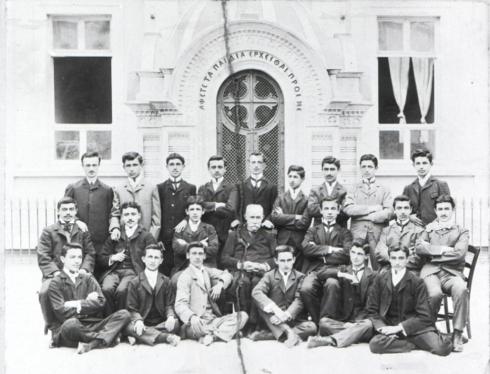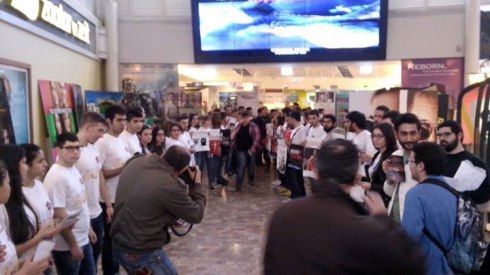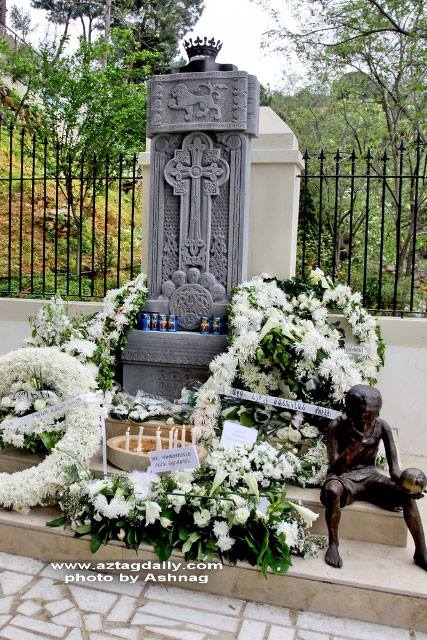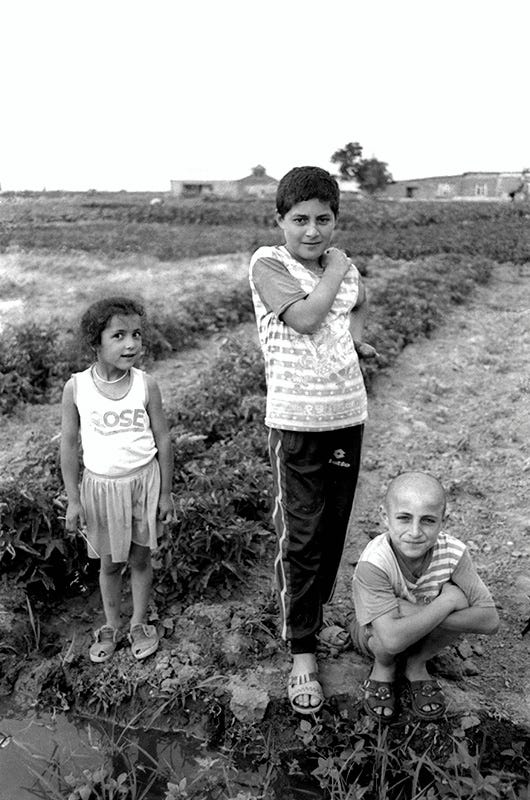On Saturday, after seven consecutive nights of round-the-clock protests, Armenian President Serzh Sargsyan and the leaders of the so-called “Electric Yerevan” movement finally agreed to meet. An hour later, it was announced that the president had agreed to freeze the controversial electricity price hike which had unleashed a wave of popular dissent, and had called for an independent audit to determine whether or not the increased costs were justified.
Despite this apparent concession, the protesters announced that they were rejecting the deal and refused to vacate Baghramyan Street — one of Yerevan’s main thoroughfares — where the presidential palace, Constitutional Court, National Assembly, and a number of foreign embassies are located. For many observers who felt that the situation had been successfully resolved, this announcement proved to be rather perplexing.
This confusion lies in a fundamental misunderstanding of the grievances behind this protest movement as well as the motivation of the authorities.
First, what appeared to many observers as a concession by the president was anything but. Despite reported discussions on energy supply and prices between Armenian and Russian officials, the Armenian government has stood firm on its intentions to raise the electricity tariffs by 22 percent, citing “objective reasons” without, of course, disclosing what these were.
The deal proposed by the president was not, as many media incorrectly reported, a freeze on electricity price hikes. Rather, he suggested that the government would subsidize the hike so as not to affect citizens.
In other words, not only is the price hike still valid, it is now going to be paid for directly out of the state budget; the same state budget that is funded by citizens’ taxes.
The fact that the president was willing to use state coffers to cover the price hike raised eyebrows for two reasons. First, the government has often cited a lack of state funds as an explanation for its inability to fulfill commitments to its citizens. The fact that cash was suddenly available for this meant that there either was an abundance of government money that citizens had been deprived of until now, or, that this money would be borrowed, adding to the country’s already difficult financial burden.
Second, the fact that the government was more willing to borrow money rather than simply cancel the price hike, to the point of disguising it as a concession to the protesters, says a lot about the pressure the state is under and only adds to the cynicism felt by the protesters.
Furthermore, announcements by Prime Minister Hovik Abrahamyan that underprivileged families would receive 2,000 Armenian dram ($4) to help mitigate the effects, coupled with the president’s willingness to pay for the hike from the budget, showed just how out of touch the ruling elite is with the protesters on Baghramyan Street.
Anyone visiting the site of the protest would notice right away that the bulk of the protesters — most of whom are aged between 19 and 30 — are representatives of Armenia’s emerging middle class. The IT professionals, marketing professionals, students, entrepreneurs and NGO activists all receive salaries which can more than cover the price hike. Their motivations are not financial. The protest is about deciding how the country is run.
The main accusation made by activists is that corruption and graft are the main reasons for the price hike, for which citizens are now forced to foot the bill. The Electric Networks of Armenia (ENA) is owned by the Russian state company Inter RAO, which was part of a larger takeover of Armenian energy and transport infrastructure by Russian state-owned firms. The Russian-owned companies operating in Armenia are not profitable businesses and allow for gross mismanagement and runaway corruption.
These claims have been further substantiated by reports that the company budget had been used to pay for lavish apartments, dinners and luxury cars for Russian and Armenian executives, despite the fact that the company teetered on bankruptcy.
According to the protesters, none of these issues have been tackled by the government. The announcement that an independent audit would be conducted (without saying by whom or when) only served to further infuriate the crowd.
For many, this also brought into question a number of other extremely controversial concessions to Russia, such as the Iran-Armenia pipeline, natural gas distribution and so on. It gave unique insight into how decisions are really made in Armenia.
To make matters worse, after waking up to images of young protesters being blown away by the powerful water cannons of a regime increasingly alienating itself from its citizens — many of whom have favorable views toward Russia — many in Armenia were incensed to learn that the Russian media was labeling their protest over energy as a Western-funded fifth column bent on recreating “Maidan” in Russia’s backyard.
The protest itself, which has grown exponentially since the water cannon incident, enjoys popular support. It has since spread to most of Armenia’s major cities, including Gyumri, Vanadzor, Martuni, Spitak, Ashtarak, as well as neighboring Georgia, and other cities with Armenian communities.
Clubs, bars, cafes and stores have been shutting off their lights every day in solidarity with the protests, while various storefronts display signs of support. Major streets are paralyzed by the ongoing protest — now attended by government employees, as well as active-duty soldiers, unravelling the myth of government invulnerability.
The protesters, meanwhile, have turned their protest site into a microcosm of the society they would like to build. Baghramyan Street now features a makeshift emergency clinic, a little “store” (known as “Paul’s” after the man who runs it) giving away free water and candies. The street at times resembles an open air summer festival with rock bands playing to jubilant crowds.
They form part of a new generation of young Armenians who are born free of the physical and emotional bonds of the Soviet Union, engaged in an attempt to reclaim the pride and identity of the Armenian nation, from the sense of inferiority and impotence of what Armenian-American poet William Saroyan once called a “small tribe of unimportant people.”
Rallying around the cry “We are the masters of our country,” they are making their demands clear. They call for transparency, accountability and responsibility from the government. Sadly, it seems that the government is not listening.
Original source: http://www.themoscowtimes.com/opinion/opinion/article/dissent-is-building-at-the-barricades-in-yerevan/524735.html
Raffi Elliott is a Canadian-Armenian entrepreneur and activist based in Yerevan, Armenia. He frequently covers socio-economic issues in Armenia and the Caucasus.































